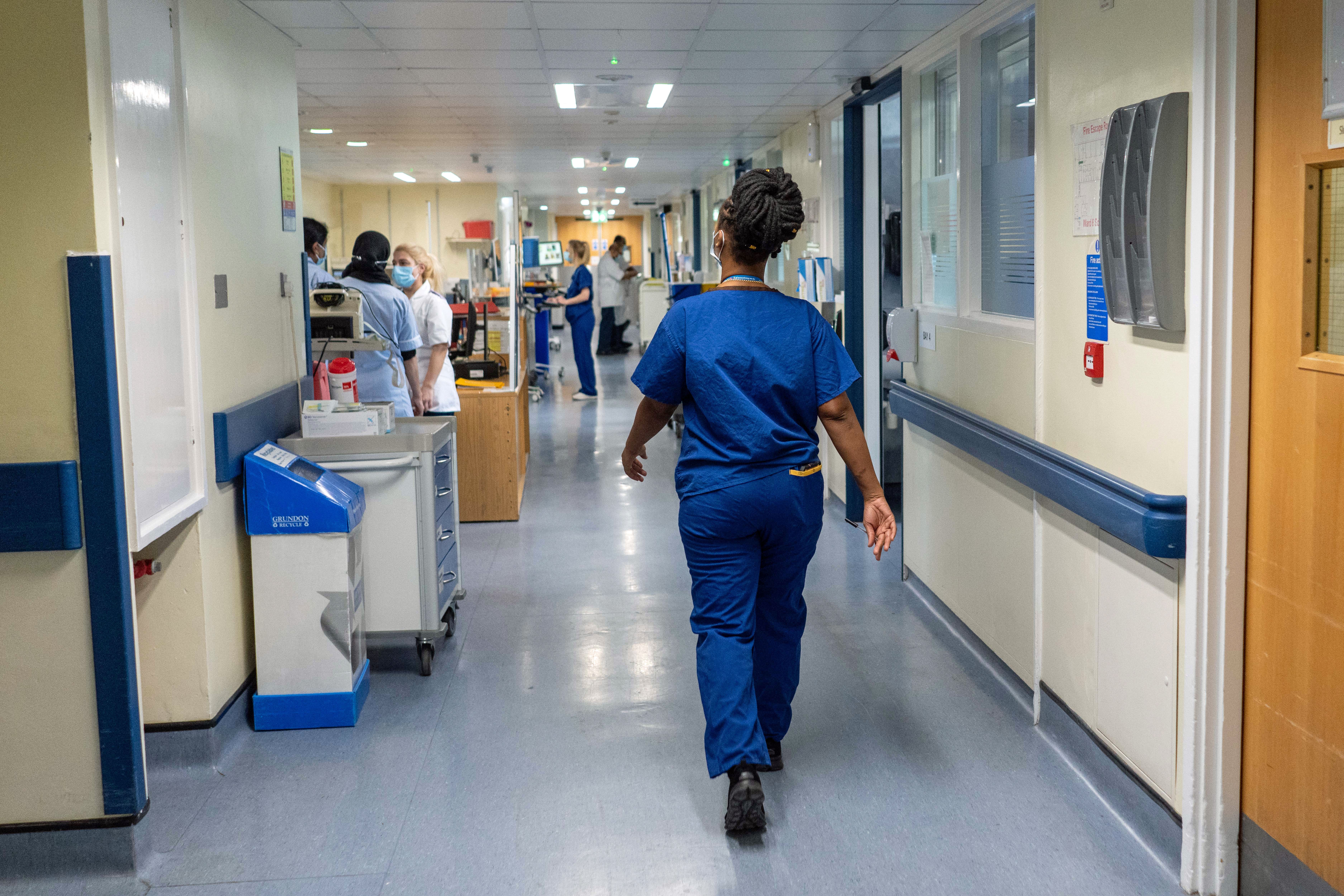Symptoms of new Covid variants as cases increase in UK
Cases of the Pirola variant in the UK have passed 100
Your support helps us to tell the story
From reproductive rights to climate change to Big Tech, The Independent is on the ground when the story is developing. Whether it's investigating the financials of Elon Musk's pro-Trump PAC or producing our latest documentary, 'The A Word', which shines a light on the American women fighting for reproductive rights, we know how important it is to parse out the facts from the messaging.
At such a critical moment in US history, we need reporters on the ground. Your donation allows us to keep sending journalists to speak to both sides of the story.
The Independent is trusted by Americans across the entire political spectrum. And unlike many other quality news outlets, we choose not to lock Americans out of our reporting and analysis with paywalls. We believe quality journalism should be available to everyone, paid for by those who can afford it.
Your support makes all the difference.Covid-19 hospitalisations has increased by 24 per cent in one week in the UK as new variant Pirola sweeps across the UK.
Data published by the UK Health Security Agency (UKHSA) from the last week of September shows the number of people testing positive for the virus increased by over 29.4% on the week before, despite a reduced testing infrastructure.
The concerning numbers come as the highly mutated new Covid variant Pirola reached over 100 cases in the UK, according to the Covid variant tracker GISAID.
Pirola, or BA.2.86, is the latest Omicron strain to appear this summer, sparking concern among experts because it has 34 more mutations, which could make it easier to evade vaccines.
Its emergence comes as the UK has seen a 24.8% increase in Covid patients being admitted to hospital as of the 29 September.
Pirola has so far been detected in 15 countries worldwide, according to GISAID, including France, Japan, Australia and Denmark.
The most common symptoms of the new strain include a runny nose, headache, fatigue, sneezing, or a sore throat. However, three more symptoms have been commonly reported, according to the New Scientist: diarrhoea, eye irritation and rashes.
As the new variant sweeps across the UK, data from the UKHSA shows that the number of deaths increased by 55 per cent in the week ending on September 8 compared with the week before.
Meanwhile, the number of patients in hospitals has been increasing since mid-July in the UK. In the week up to and including 29 September, 3,819 Covid patients were admitted to hospital, a 24.8% increase on the week before.

Professor Susan Hopkins, Chief Medical Advisor, UKHSA said: “While this is still very early data and more research is needed before we can be certain, it is encouraging to see an initial indication that BA.2.86 demonstrates similar levels of antibody escape compared to other variants circulating in the UK.
“The available data is too limited to draw conclusions about the severity of the illness it causes, but there is so far no evidence to suggest that it is more likely to make people seriously ill than other Omicron variants in circulation.”
The Department of Health and Social Care (DHSC) announced that the autumn vaccine programme will be brought forward to 11 September as a precautionary measure following the emergence of Pirola.
UKHSA data up to and including October 4 says around three million jabs have been given so far but less than one in five have been eligible to receive it.



Join our commenting forum
Join thought-provoking conversations, follow other Independent readers and see their replies
Comments